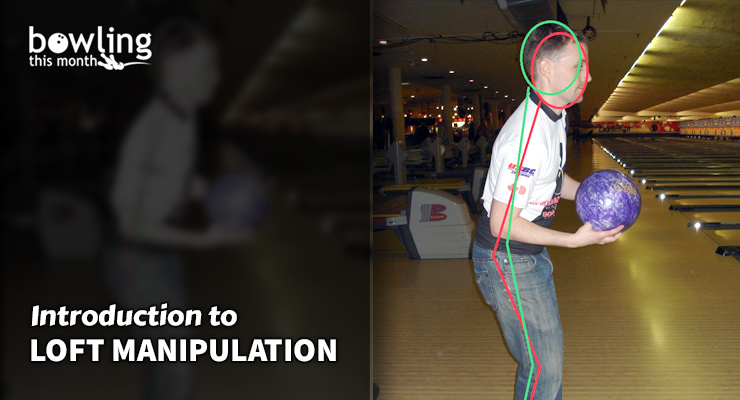Article Contents
- 1. Hand loft
- 1.1. Why?
- 2. Projection loft
- 2.1. Why?
- 3. Improving your loft manipulation skills
- 4. Putting it together
- 5. Conclusion
Note: This article is only available to Bowling This Month subscribers.
So far in this series, we’ve covered two of the physical tools that a bowler can use to manipulate ball motion: axis control and ball speed control. The third physical skill that a bowler can use to manipulate ball motion is loft.
Every bowler has a natural loft, just like they have a natural ball speed, axis rotation, and axis tilt. The ability to manipulate how far down the lane you loft the ball can be a very useful skill when adjusting to different environments and conditions as they break down. There are essentially two ways to manipulate loft, but both have different effects on ball motion, so it’s important to understand what they do in order to make the best use of them.
One form of loft involves releasing the ball at a different time in the swing (usually later), which we’ll call “hand loft” since it essentially revolves around when you let go of the ball. The other method of adjusting loft is based on changing the height from which you release the ball, which we’ll call “projection loft.”
Hand loft
When you see a bowler like Marshall Kent lofting the ball over the left gutter, he’s mostly using his hand, releasing the ball later to achieve the desired loft distance. In fact, many high-rev bowlers learn to manipulate loft strictly to avoid the gutter. However, once you learn the benefits and effect of loft on ball motion, it can be used any time to create your desired reaction.
Generally, hand loft is used to increase loft (and not decrease it) by releasing the ball on the upswing. This generally involves holding onto the ball a bit longer through the release to the desired upward launch angle. It doesn’t need to be as extreme as a 30-foot loft, but it can be as simple as six to 10 feet to be effective.
Keep in mind that the intent here isn’t to increase grip pressure or tension in the swing. The idea is simply to keep the ball on your hand a fraction of a second longer, which is enough to allow the swing arc to start the upswing. You can generally tell the ...
Already a premium member? Click here to log in.


 (Only
(Only 